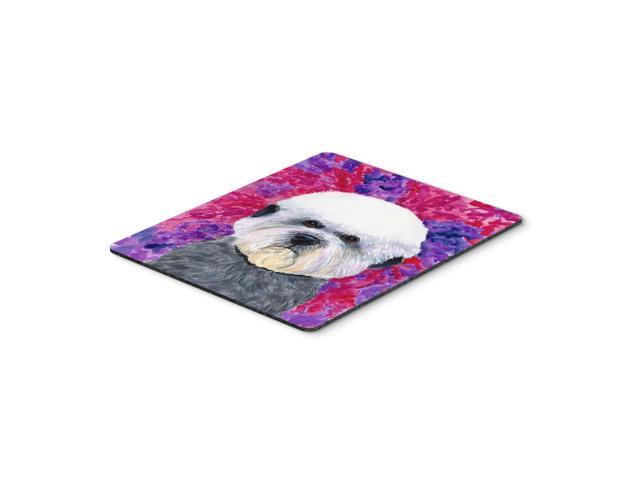Excerpt from The Bathymetrical Features of the North Polar Seas: With a Discussion of the Continental Shelves and Previous Oscillations of the Shore-Line
Before starting on our expedition, I fully believed that the unknown North Polar area was more or less covered by an extensive sea, and my Opinion was, for instance, that Greenland ended not very far north of the latitude already reached, and Franz Josef Land was probably only a group of islands. 1 The plan of the expedition was in fact based on these assump tions. But in accordance with most geographers, I expected this North Polar Sea to be for the most part comparatively shallow, its area being a continua tion, towards the north, of the Eurasian and American continents. And al though I assumed that a somewhat deeper channel might extend from the deep sea between Spitsbergen and Greenland, north of Spitsbergen and the Franz J osei archipelago, towards the sea north of the route of the Jeanette’, I did not expect the depth of this channel to be very great. The greatest depth observed during the Jeanette expedition was only about 80 fathoms. As the Fram was heavily laden, I did not consider it right to encumber her very limited space with the equipment necessary for sounding in very deep water. For soundings we therefore only carried some simple hand-winches, 200 m. Bronze wire line, which was also used for the water-bottle, about 1200 m. Single steel cord, and about 1900 m. Hempen line. We also carried a Rung’s bathymeter and several leads of various sizes, some of them, weigh ing 50 kilogrammes, being provided with special brass tubes (with valves) Nutant, How can the North Polar Region be crossed? Geographical Journal, London.
About the Publisher
Forgotten Books publishes hundreds of thousands of rare and classic books. Find more at www.forgottenbooks.com
This book is a reproduction of an important historical work. Forgotten Books uses state-of-the-art technology to digitally reconstruct the work, preserving the original format whilst repairing imperfections present in the aged copy. In rare cases, an imperfection in the original, such as a blemish or missing page, may be replicated in our edition. We do, however, repair the vast majority of imperfections successfully; any imperfections that remain are intentionally left to preserve the state of such historical works.















